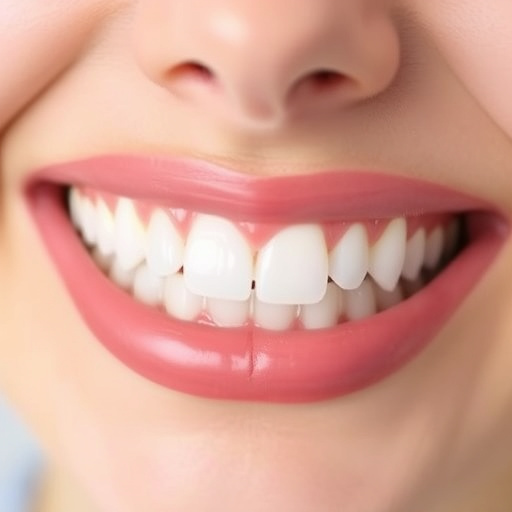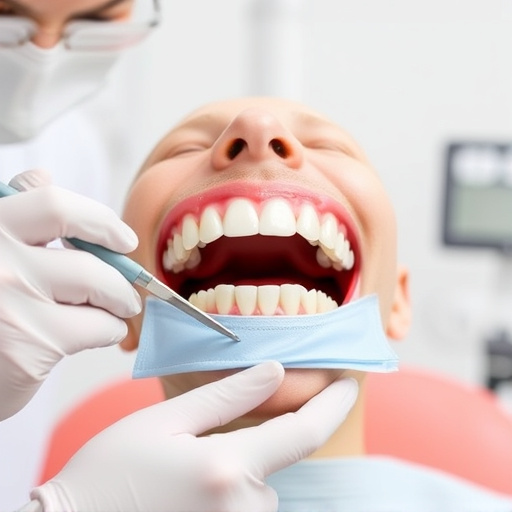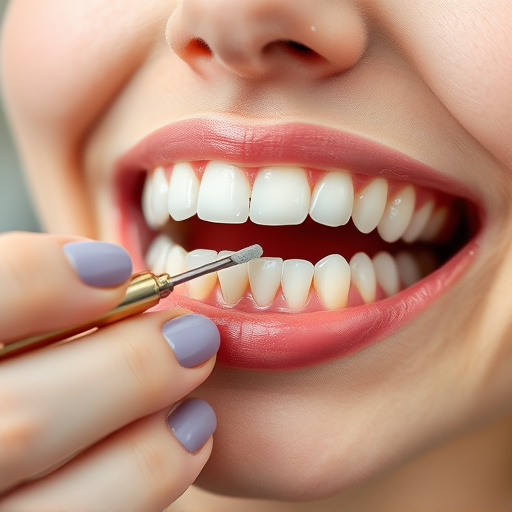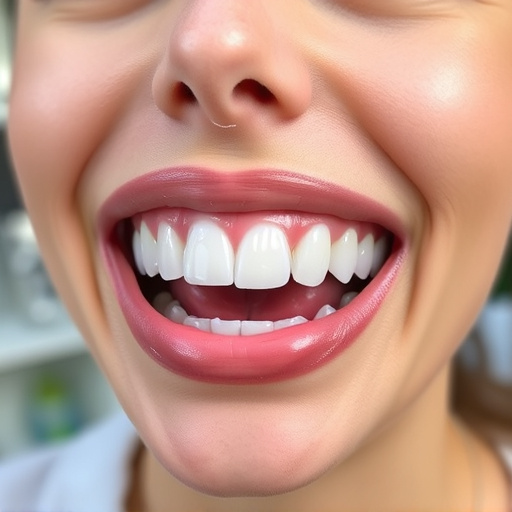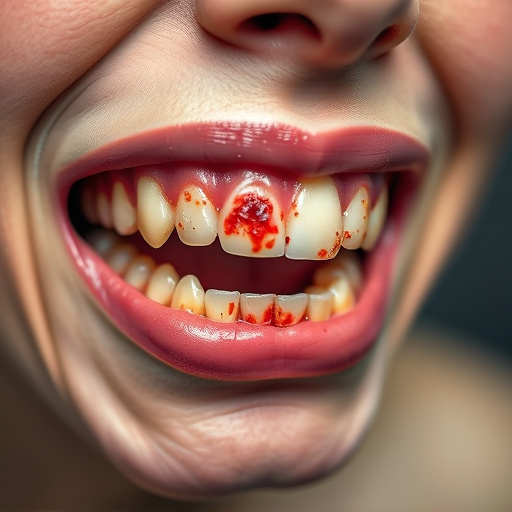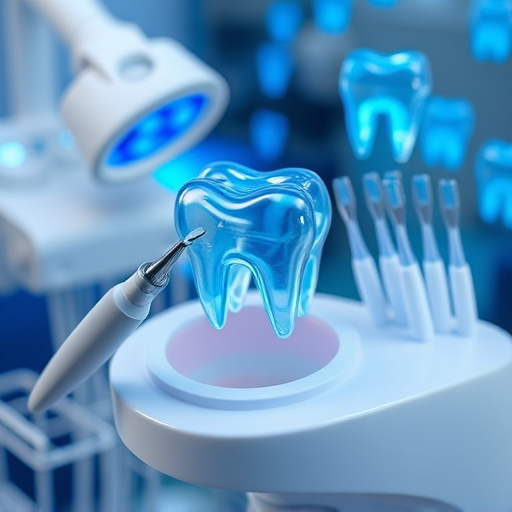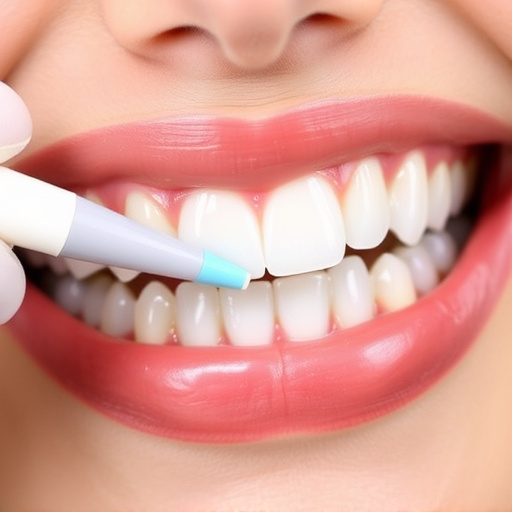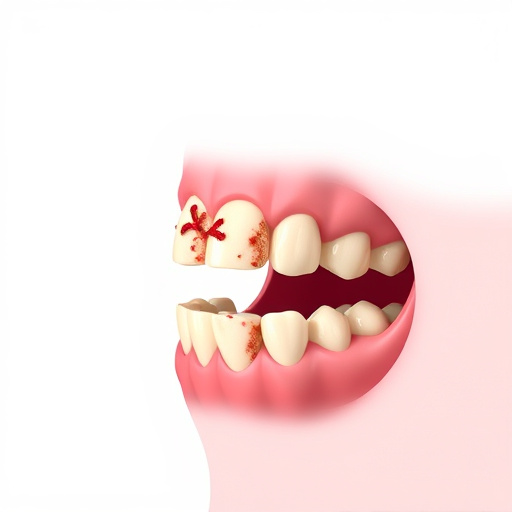A comprehensive dental exam includes a detailed assessment of temporomandibular joint (TMJ) health and jaw alignment to identify TMJ disorders causing discomfort and impact daily life. Dentists use various techniques including visual inspection, tactile exams, X-rays, and bite scans to detect misalignments contributing to symptoms like headaches, facial pain, earaches, and chewing difficulties. Early detection through comprehensive dental exams enables timely treatment recommendations, preventing escalation of jaw alignment problems that could require invasive procedures.
Experience a holistic oral care approach with our in-depth Comprehensive Dental Exam, focusing on TMJ (Temple-Mandible Joint) health and jaw alignment. This detailed assessment goes beyond teeth cleaning, screening for potential disorders that can cause headaches, pain, and bite issues. We’ll guide you through the process, from evaluating TMJ disorders’ subtle signs to checking jaw alignment with advanced techniques. Learn how this comprehensive exam is your first step towards optimal dental health and overall well-being.
- Evaluating TMJ Disorders: Signs and Symptoms Checked
- Jaw Alignment Assessment: Importance and Techniques Used
- Comprehensive Dental Exam: A Step-by-Step Guide
Evaluating TMJ Disorders: Signs and Symptoms Checked
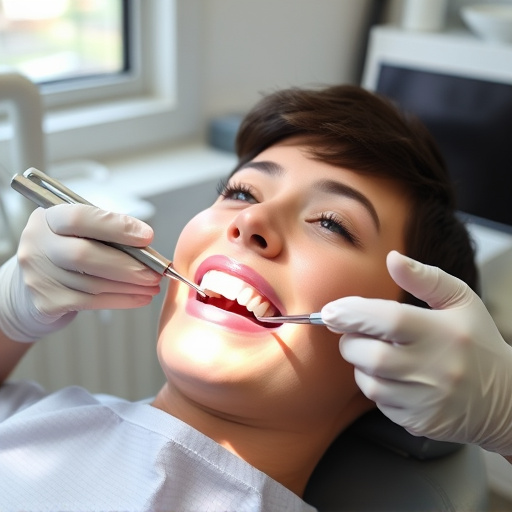
TMJ (temporomandibular joint) disorders are a common issue that can cause significant discomfort and impact daily activities. During a comprehensive dental exam, your dentist will carefully evaluate any signs and symptoms associated with TMJ problems. This thorough checkup involves examining the jaw’s range of motion and looking for any clicking or popping sounds during opening and closing movements. The dentist may also assess facial pain, headaches, earaches, and difficulty chewing as potential indicators.
Additionally, they might inspect your teeth alignment and bite patterns to identify misalignments that can contribute to TMJ disorders. This comprehensive approach ensures that any underlying issues are addressed, promoting overall oral health and providing relief from symptoms that could affect quality of life.
Jaw Alignment Assessment: Importance and Techniques Used

Jaw Alignment Assessment plays a critical role in any comprehensive dental exam. It goes beyond checking for simple teeth misalignment; it involves evaluating the temporomandibular joint (TMJ) for signs of dysfunction, inflammation or degradation. The TMJ is responsible for opening and closing your mouth, and its proper alignment ensures comfortable chewing and speaking. During a thorough jaw alignment check, dentists may use various techniques such as visual inspection, tactile examination, and advanced imaging like X-rays and bite scans to identify any misalignments or abnormalities.
This assessment is crucial not just for aesthetic reasons but also for overall oral health. Improper jaw alignment can lead to headaches, facial pain, and difficulty chewing. In severe cases, it might contribute to tooth wear, damage to the TMJ, and even necessitate procedures like tooth extractions, dental implants, or dental bonding to restore functionality and comfort. Early detection through a comprehensive dental exam enables dentists to recommend appropriate treatments to address any jaw alignment issues before they escalate.
Comprehensive Dental Exam: A Step-by-Step Guide
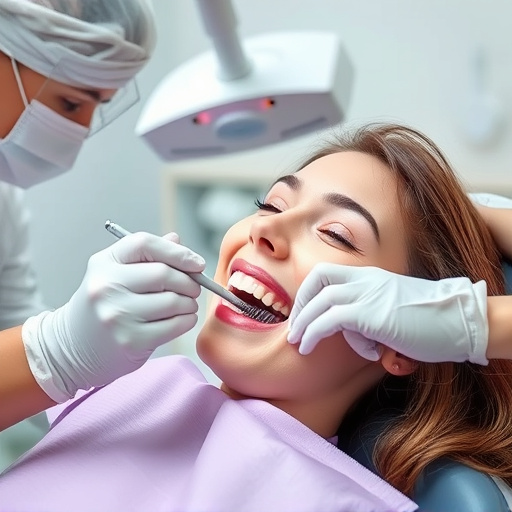
A comprehensive dental exam goes beyond a regular check-up; it’s a detailed evaluation designed to maintain optimal oral health. This process typically begins with a visual examination, where the dentist carefully inspects your teeth, gums, and mouth for any signs of decay, disease, or misalignment. Using instruments like small mirrors and probes, they will check for tooth sensitivity, mobility, or pockets of inflammation indicating gum disease. X-rays are then taken to reveal hidden issues such as impacted wisdom teeth or dental caries below the surface.
The exam doesn’t stop at your teeth; it includes a thorough assessment of your temporomandibular joint (TMJ) and jaw alignment. This is crucial for general dentistry and family dentistry practices alike, as TMJ disorders can cause various symptoms like clicking sounds, pain, or difficulty opening and closing the mouth. During this step, the dentist may use specific tools to measure jaw mobility and check for any abnormalities in bite alignment, which could impact your overall dental health and lead to issues with dental fillings over time.
A comprehensive dental exam, encompassing TMJ disorders and jaw alignment checks, is a vital step towards achieving optimal oral health. By evaluating signs and symptoms of TMJ dysfunction and assessing jaw alignment, dentists can identify potential issues that may impact overall well-being. This detailed examination process, as outlined in the steps provided, ensures a thorough understanding of oral health, allowing for personalized treatment plans to address any problems at their root.
